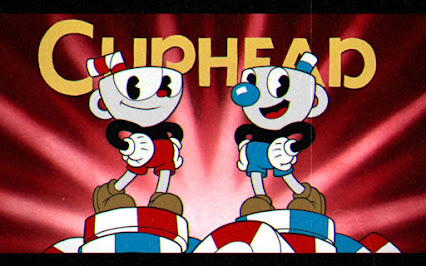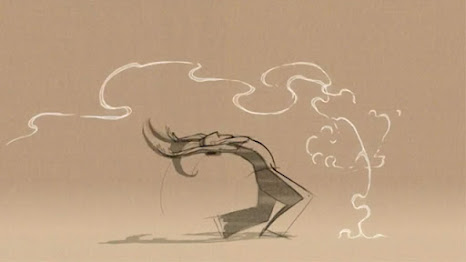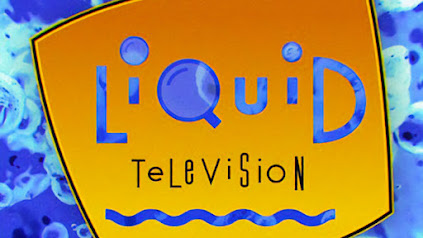Cuphead: Video game animation's past, present, and future

For the most part, video game animation has been frowned upon by film and television animation. It was always viewed as a lower-tier in quality. And for the most part, they were right. Video game animation has always been lacking in some crucial ways that ultimately make it look stiff, blocky and sometimes creepy. Unlike film, video games had to make make the jump to the third dimension, it was a forced move. Most consumers saw what was capable in film and television with Toy Story and Reboot, but why weren't they seeing those kind of graphics in their flat, 2D games? Gamers wanted a change, whether the industry was ready for it or not. When the first mainstream video games came out the audience was floored. Titles like Super Mario 64, Tomb Raider, and Crash Bandicoot exploded into living rooms and the consumer couldn't have been happier. They were finally having the 3D experience they had been waiting for, and the graphics were amazing! Ok, maybe...






